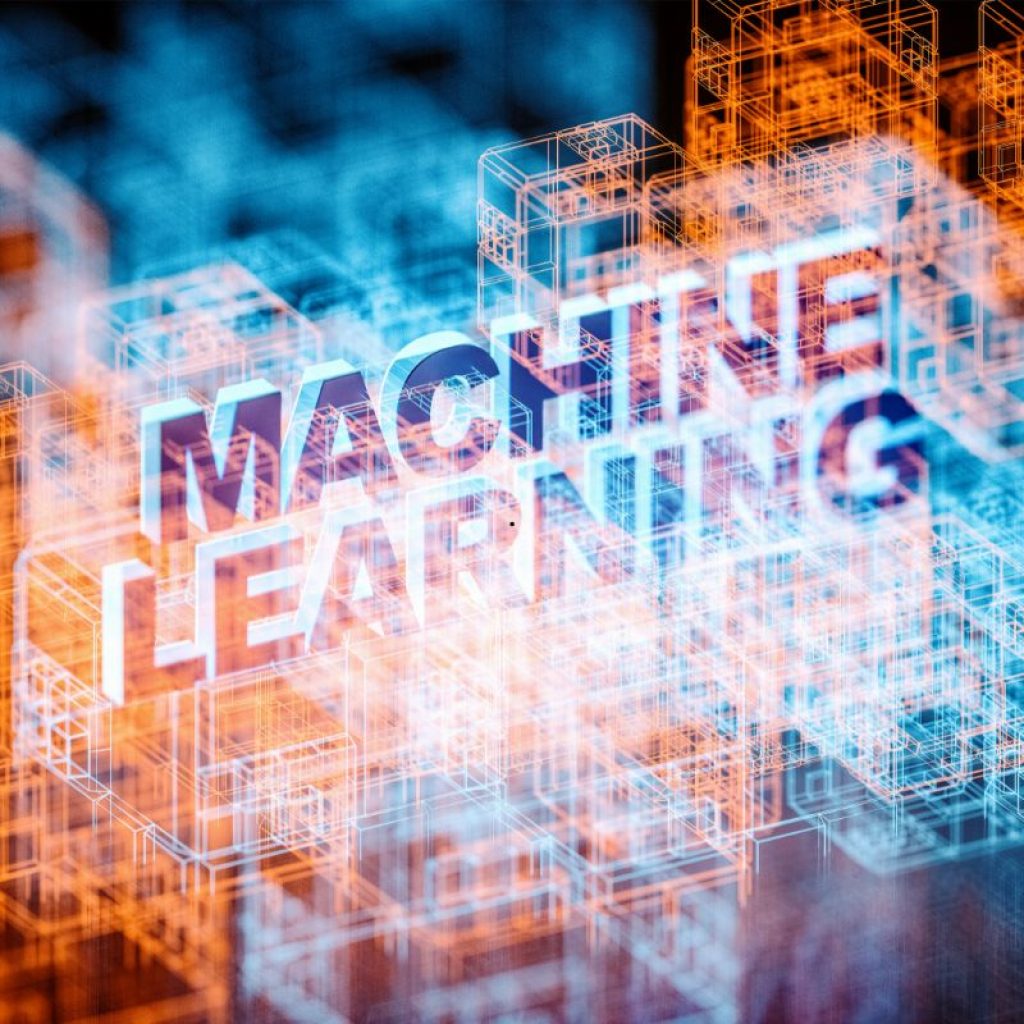Generative AI vs Machine Learning: Understanding Key Differences

In recent years, “Generative AI” and “Machine Learning” have become buzzwords in the world of technology. While they are often mentioned together, they are distinct fields with unique purposes, methods, and capabilities. So, how do these two powerful technologies differ, and what does that mean for their real-world applications? Let’s dive into the details to help you understand the key differences and similarities between Generative AI and Machine Learning.
What is Generative AI?
Generative AI refers to systems or models that are capable of creating new, original content. This content could range from images and music to text and even video. Unlike traditional AI, which might classify, identify, or predict based on existing data, Generative AI takes it a step further by generating novel outputs based on learned patterns.
Key Features of Generative AI:
- Creativity: It can produce entirely new data that mimics the characteristics of the training data.
- Unsupervised Learning: Many generative models operate in an unsupervised setting, meaning they don’t require labelled input to function effectively.
- Versatility: Generative AI can be used for a wide variety of purposes, from deepfake video creation to writing code and generating art.
What is Machine Learning?
Machine Learning (ML), on the other hand, is a subset of AI that allows computers to learn from data and improve over time without explicit programming. Rather than being rule-based like traditional software, ML uses statistical methods to find patterns in data, make predictions, and adapt as it processes more information.
Key Features of Machine Learning:
- Pattern Recognition: ML models are great at identifying patterns and trends in data.
- Supervised and Unsupervised Learning: Machine Learning includes both supervised (using labelled data) and unsupervised (using unlabeled data) learning techniques.
- Predictive Power: Once trained, ML models can predict outcomes based on new data.
Generative AI vs Machine Learning: Core Differences
While Generative AI and Machine Learning are closely related, several distinctions between them affect how they are used.
Purpose and Output
- Generative AI aims to create new data—whether it’s text, images, or sound. It’s designed to be creative and generate content that wasn’t previously seen.
- Machine Learning, by contrast, typically focuses on analysing existing data to predict future outcomes or classify items within that data.
Data Handling

- Generative AI models can take in a large dataset and generate new, similar content. They don’t necessarily need to have a direct match for each input they receive.
- Machine Learning models learn from historical data and make predictions or decisions based on patterns they identify in that data.
Training Methods
- Generative AI often uses unsupervised or semi-supervised learning techniques, meaning the model is given data without explicit labels or annotations.
- Machine Learning often requires supervised learning, where models are trained with labelled data, allowing the system to make accurate predictions based on known outcomes.
Examples of Use Cases
- Generative AI: Creating realistic images or text (like GPT-4 or DALL-E), designing virtual environments, generating a human-like voice, and producing artwork.
- Machine Learning: Predicting stock prices, recognising objects in images, fraud detection, and personalised recommendation systems (e.g., Netflix, Amazon).
How Do Generative AI and Machine Learning Work?
To better understand the differences, it’s helpful to dive into the mechanics of each technology.
How Does Generative AI Work?
Generative AI typically relies on models like Generative Adversarial Networks (GANs) or Variational Autoencoders (VAEs). Here’s how they generally operate:
- Training: The model is trained on a large dataset (like thousands of images or texts) to understand the underlying patterns.
- Generation: After training, the model is capable of creating new content that mimics the learned data, but with no direct replication.
- Improvement: Over time, as it is exposed to more examples, the model refines its generation process to become more accurate.
How Does Machine Learning Work?
Machine Learning works through a systematic process:
- Data Collection: Large amounts of data are gathered, labelled, and preprocessed for training.
- Training: The ML algorithm is trained on this labelled dataset, learning to recognise patterns.
- Prediction: Once trained, the model makes predictions about new, unseen data based on its learned knowledge.
- Feedback: The model is continually updated as it processes new data.
When Should You Use Generative AI vs Machine Learning?
The choice between Generative AI vs Machine Learning depends on what you’re trying to achieve. Here’s a quick breakdown:
| Aspect | Generative AI | Machine Learning |
| Primary Goal | Create new content (images, text, audio, etc.) | Analyse and predict outcomes based on historical data |
| Data Requirement | Large amounts of unstructured data | Labelled data for supervised learning |
| Learning Method | Unsupervised or semi-supervised learning | Supervised or unsupervised learning |
| Use Case Examples | Art generation, music composition, text generation | Stock prediction, image classification, fraud detection |
When to Choose Generative AI:
- When you want to generate new, original content, like creating art, writing stories, or composing music.
- When building systems that need to simulate or generate realistic scenarios (e.g., deepfakes, simulations for training), it is essential to consider the implications of these scenarios.
When to Choose Machine Learning:
- When your goal is to analyse data, recognise patterns, or make predictions based on historical data, you can use data analysis tools.
- When you’re working with structured datasets that require classification or regression techniques.

Pros and Cons: Generative AI vs Machine Learning
To further highlight the differences, here’s a pros and cons list for each technology:
Generative AI:
Pros:
- Can create entirely new, realistic content.
- Extremely versatile—used in art, entertainment, and simulations.
- Helps automate creative processes.
Cons:
- Requires large amounts of high-quality training data.
- It can be computationally expensive.
- Risk of misuse (e.g., deepfakes).
Machine Learning:
Pros:
- Ideal for pattern recognition and prediction.
- This can be applied to diverse industries, including healthcare, finance, marketing, and others.
- Continuously improves with more data.
Cons:
- May require extensive data preprocessing and cleaning.
- The results can be biased if the data used is not representative.
- Doesn’t generate new content; instead, it makes predictions based on existing data.
FAQs
1. What’s the main difference between Generative AI and Machine Learning?
Generative AI focuses on creating new content (images, text, etc.), while Machine Learning analyses data to predict outcomes or classify information.
2. Can Generative AI be used in business?
Yes, Generative AI can be used for content creation, product design, customer service chatbots, and more.
3. Is Machine Learning a subset of AI?
Yes, Machine Learning is a subset of Artificial Intelligence, focused explicitly on algorithms that learn from and make predictions based on data.
4. Which technology is better for creative tasks: Generative AI or Machine Learning?
Generative AI is better for creative tasks, as it can produce novel content. Machine Learning is more suited for tasks like data analysis and prediction.
5. Is Machine Learning or Generative AI more straightforward to implement?
Machine Learning is generally easier to implement because it deals with more structured data and predefined tasks. Generative AI, by comparison, requires more complex models and can be harder to fine-tune.
6. Can you use Generative AI without much data?
Generative AI generally requires large datasets to train models effectively. Without sufficient data, its output might be less realistic or creative.
7. Is there a risk of bias in Generative AI or Machine Learning?
Yes, both Generative AI and Machine Learning can inherit biases from the data they are trained on. It’s essential to use diverse, representative datasets to minimise this risk.
Conclusion
Understanding the key differences between Generative AI and Machine Learning is crucial for leveraging these technologies effectively. Whether you’re looking to generate creative content with Generative AI or predict future trends with Machine Learning, knowing which tool is right for your task will help you achieve the best results. As both fields evolve, their applications will only grow, offering more exciting opportunities for innovation.







